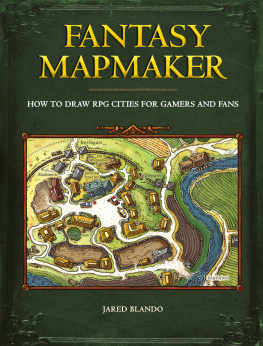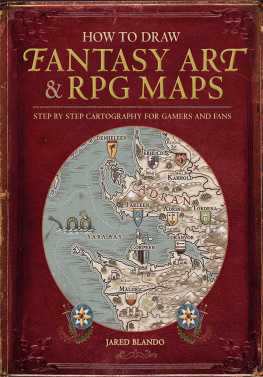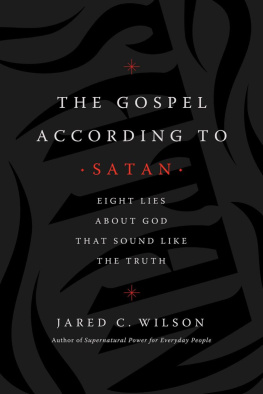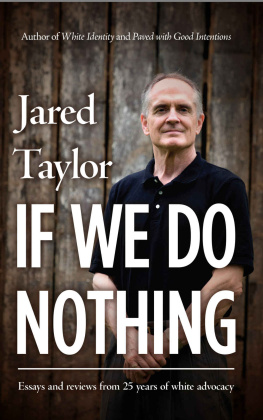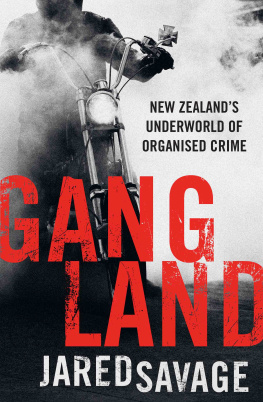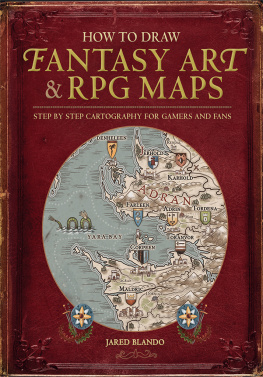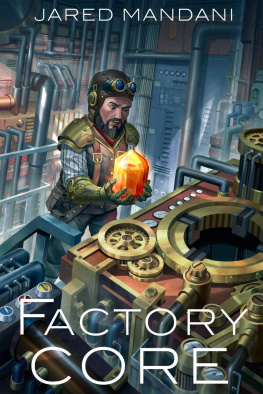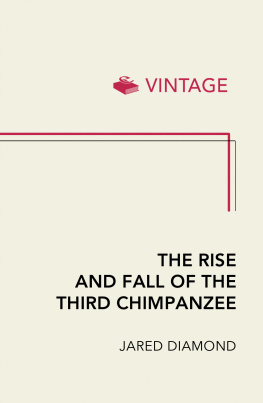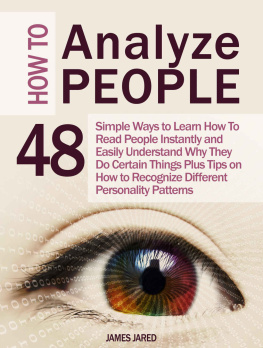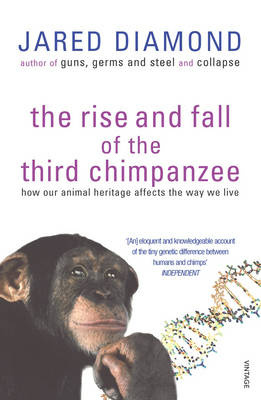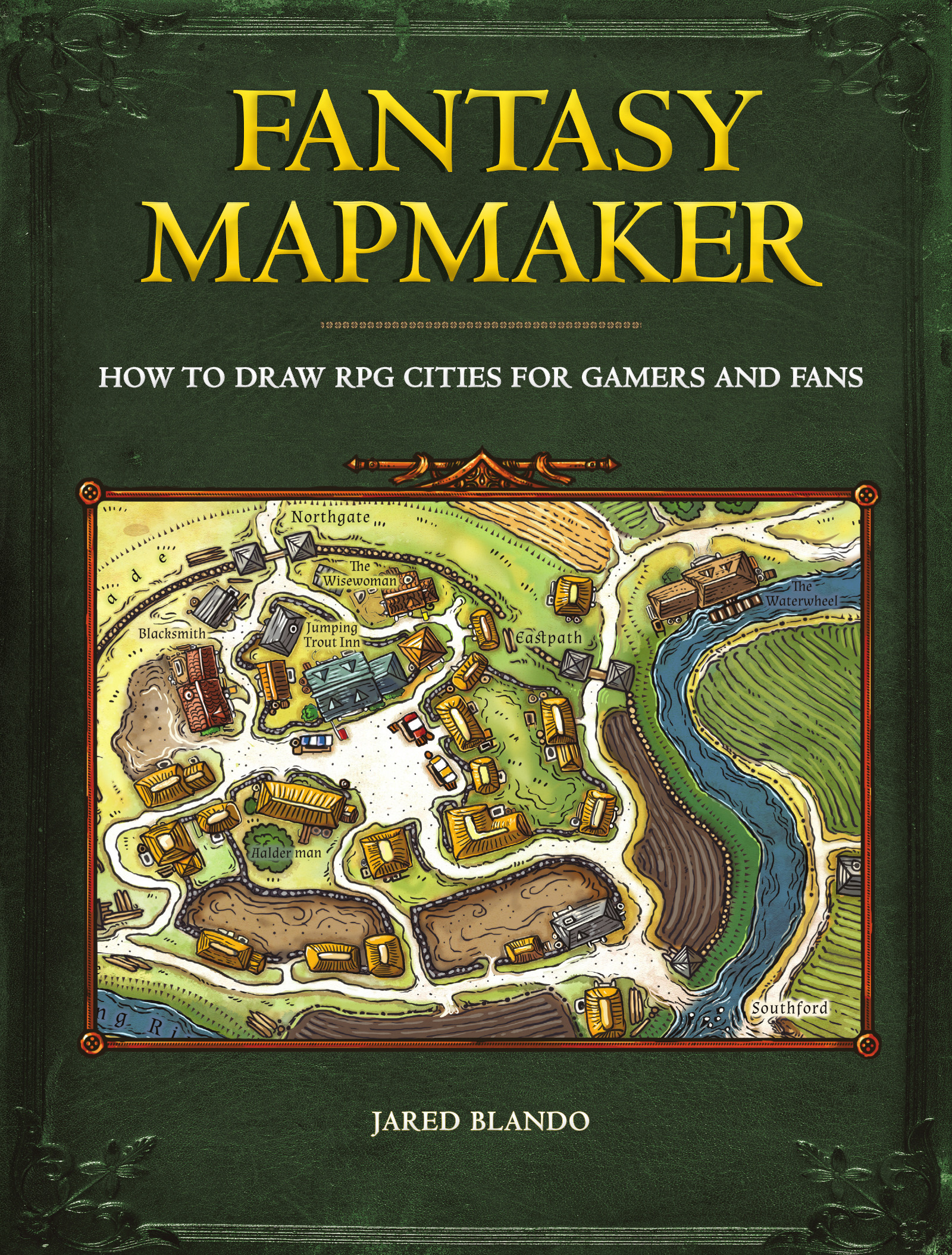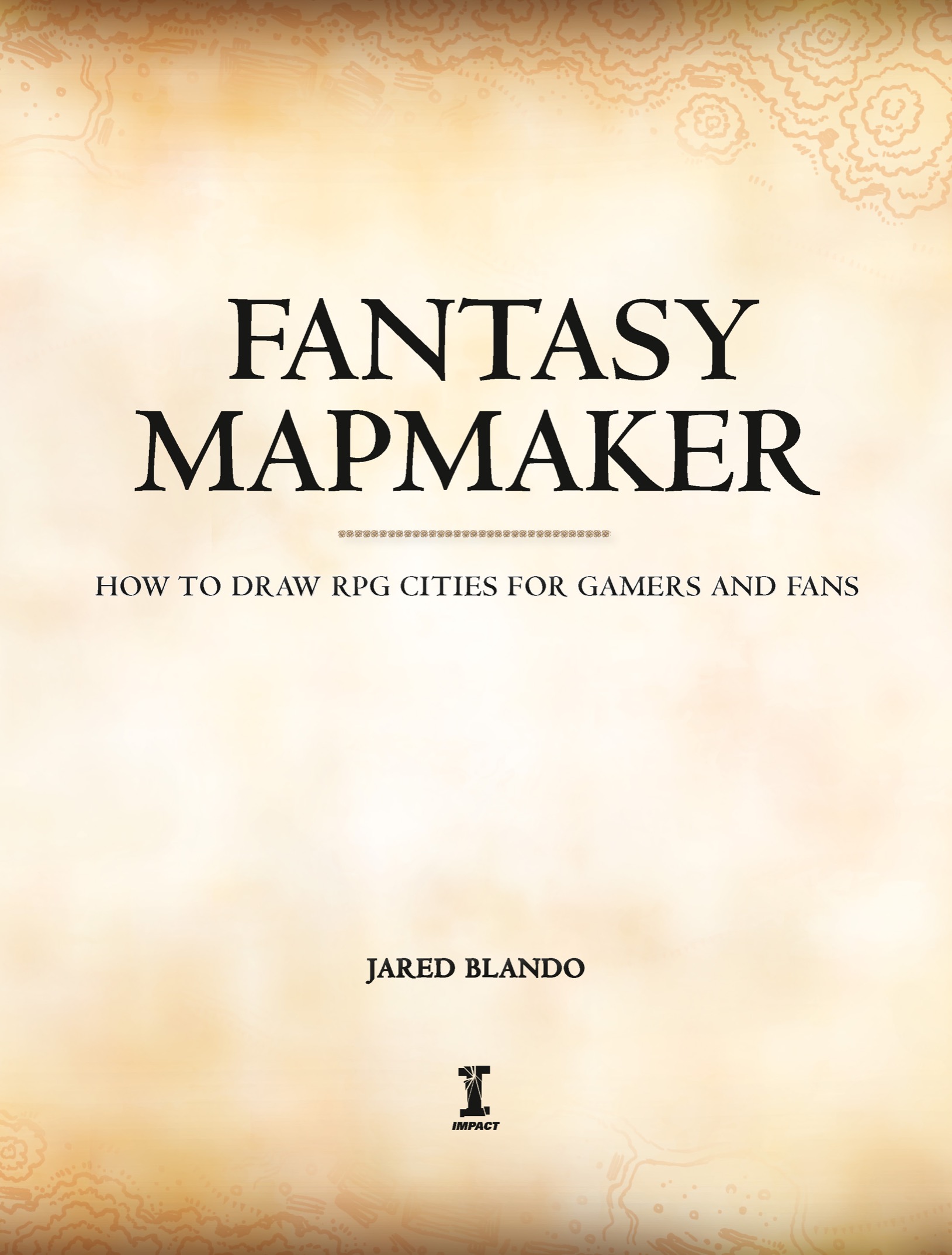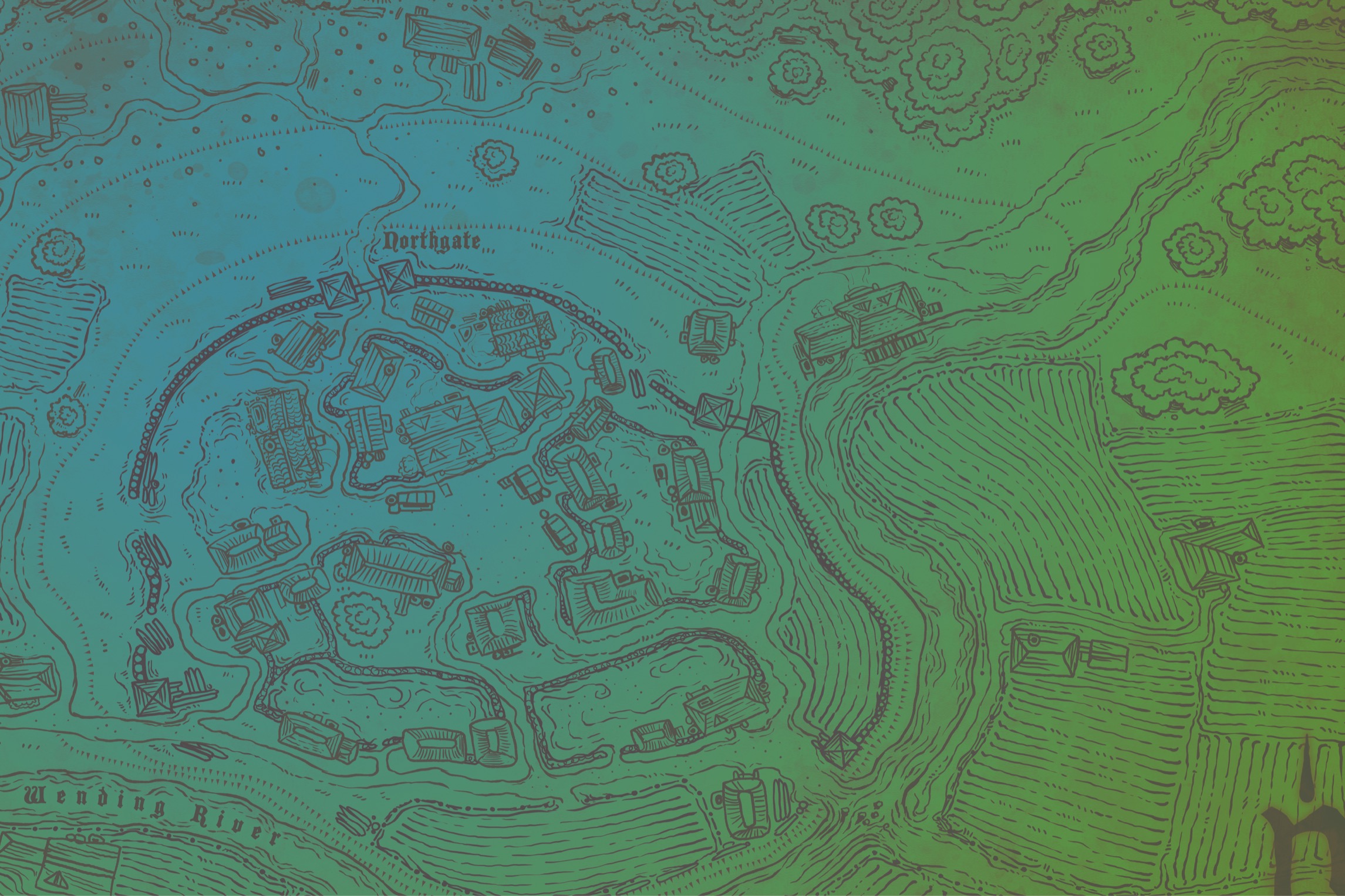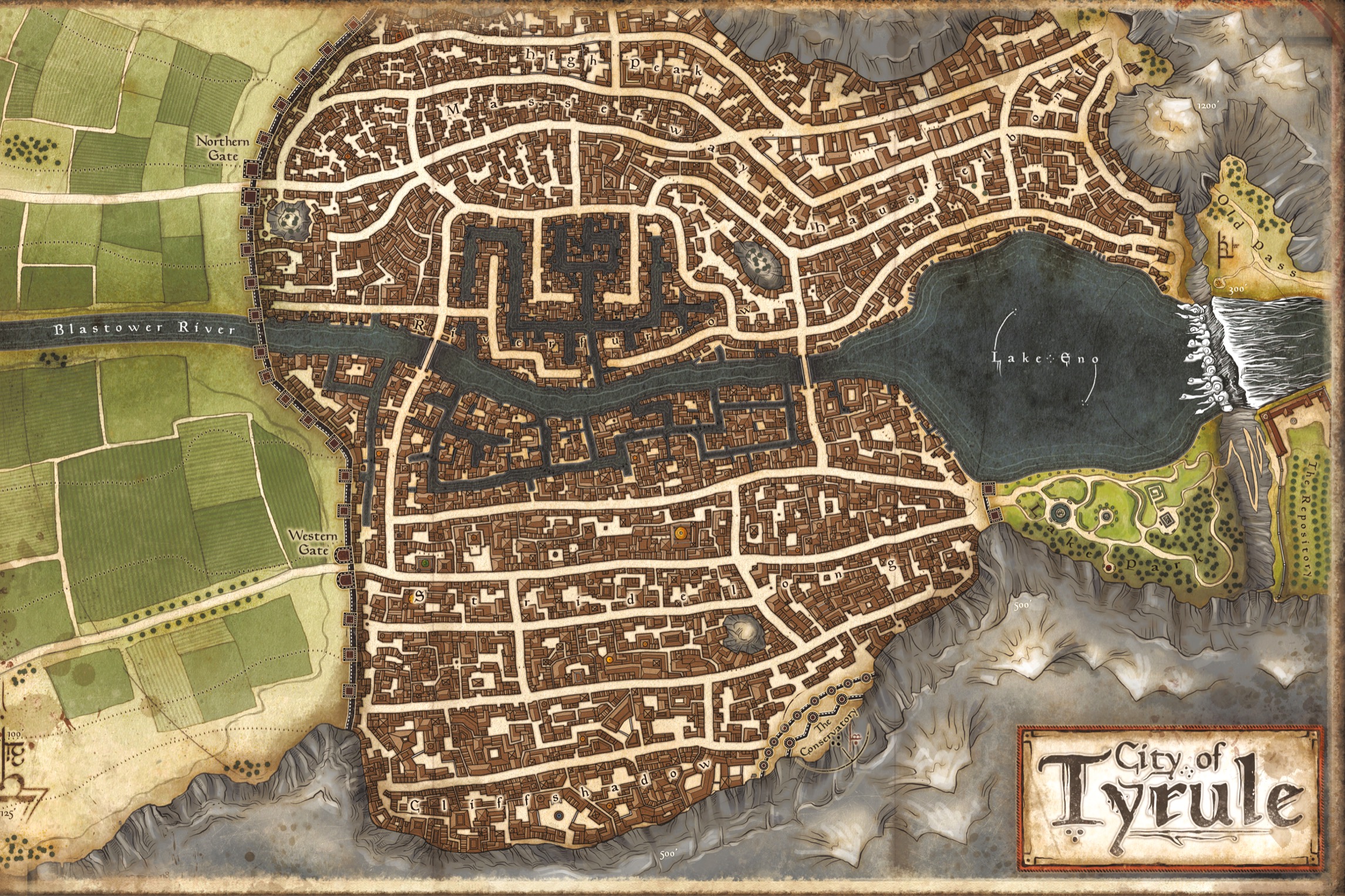Penguin supports copyright. Copyright fuels creativity, encourages diverse voices, promotes free speech, and creates a vibrant culture. Thank you for buying an authorized edition of this book and for complying with copyright laws by not reproducing, scanning, or distributing any part of it in any form without permission. You are supporting writers and allowing Penguin to continue to publish books for every reader.
Introduction
Villages and cities hold a special place in both our cultural history and our collective imaginations. They are the heart of our social fabric as humans and, thus, have been important to kings and common men alike throughout the ages. Many of our greatest myths and legends revolve around them, such as Troy, Camelot and even Rome. These places, whether fictional or real, have dominated human culture and sparked the imagination and wonder of ancient as well as modern peoples. Cities have always served as bastions of wealth, knowledge and power, and many of our cities have withstood the test of time even to this day.
The need to formulate our own myths, legends and stories is as strong now as it was when the first human lifted a brush to make their mark on a cavern wall. Storytelling is the beating heart of humanity, and our history is filled with the fabled realms, great heroes and those ancient cities that inspire who we are, both in the past and for our future. Join me now and forge a settlement of your very own!
Basic Supplies
Before you dive into drawing your settlements and cities, its best to have the right tools of the trade with you.
DRAWING IMPLEMENTS
Having a few different types of pencils is best, namely a 2H, an HB and a 2B, as well as a kneaded eraser and a pencil sharpener. When I work, I also use two mechanical pencils with .05 lead for detail work. Why two? One has HB lead, which is lighter and sharper. The other has 2B lead, which is richer and softer.
BASIC INKS AND PENS
Along with pencils, you may want to pick up some inking tools. Inks are used to solidify your work after you have finished your pencil roughs. Inking tools come in a variety of forms and will be discussed in more detail later. For now we will stick with the technical pen variety, which are simple to use and straightforward. It is best to have three pen types. Use a pen with a nib (or tip) of .01 for detail work. A pen with a nib of .1 is best for more general work. And a pen with a .5 nib works great for thick lines and emphasis work. I recommend Micron pens or Copic Multiliners in either black or brown.
ARCHIVAL AND WATERPROOF INKS
When purchasing ink pens, make sure they are waterproof and archival. Archival inks are not acidic and will not fade with time. Non-archival ink is generally more acidic and may cause the page to yellow over time. Waterproof inks will not run if splashed with water and are quite durable and bold.
DRAWING SURFACES
After you have picked up your pencils, its time to think about what surface you will be drawing on. The paper your map is on is just as important as what you are rendering it with. Drawing pads come in many sizes and weights. Ultimately the paper you choose will depend on your personal preference though, ideally, youll want something with enough room to draw and not feel too cramped. Watercolor paper and parchment paper are both excellent for mapmaking. I use Arches watercolor paper for mapmaking because its durable and holds pencil and ink very well.
PAPER WEIGHT AND PRESS RATING
Papers are rated as having a poundage level such as 65-lb. (176gsm), 90-lb (243gsm) and so on. Essentially, this refers to how stiff and thick they are. The higher the poundage, the stiffer the paper. For mapmaking, its best to have a paper that is rated at 65-lb. (176gsm) or higher. This will give you a solid base to work on. Watercolor papers also have a press rating, either hot or cold. Cold press paper is rougher and has more tooth, or texture. Hot press paper is smoother and has less tooth to it.
A NOTE ON PENCILS
Drawing pencils range from 9H (lightest line color and most clay) to 9B (darkest and richest color, containing more graphite). For our purposes, a 2H pencil produces a light line and works well for light sketching and delicate shading. An HB pencil is very much in the middle of the pencil spectrum, making it quite useful for drawing mountains and hills. A 2B pencil is excellent for darkening up boundaries and giving lighter pencil strokes a heavier lineweight. A mechanical pencil is a bit advanced, but it also gives and excellent range of lineweight and density with some practice.

